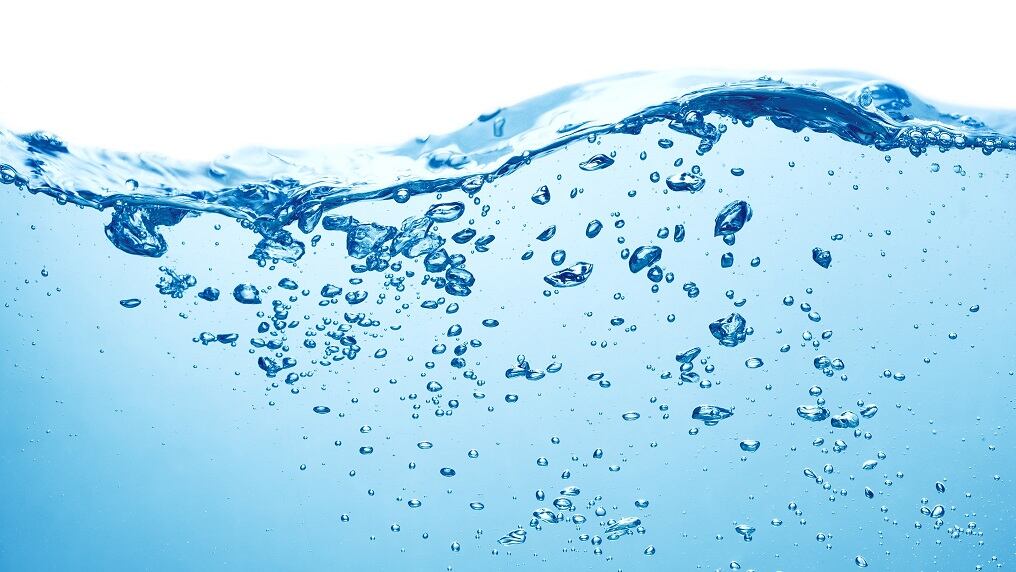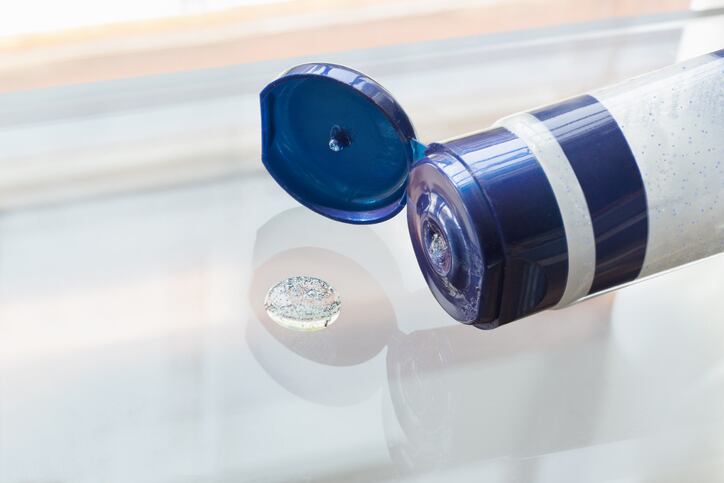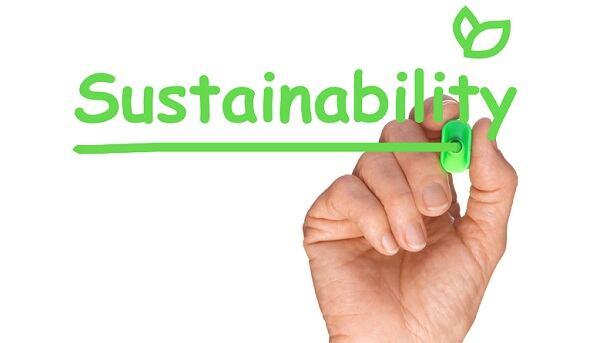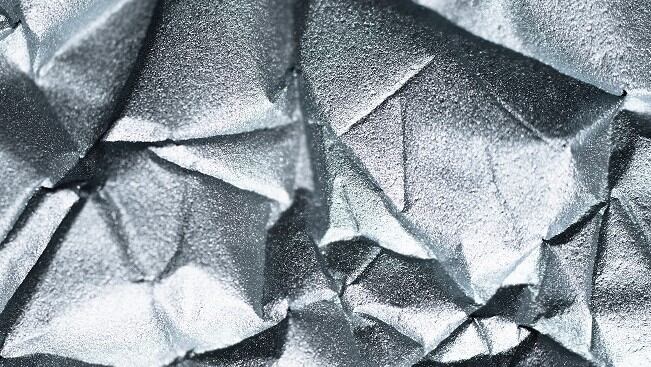What’s more, these “carbon nanosprings” are magnetic, so they can be retrieved and used again, and may even provide an energy source for algae.
The scientist behind the coils says they are strong and stable enough to break down the microplastics into compounds that do not pose a threat to the marine environment, and they are small enough to tackle exfoliating beads from cosmetics that are simply too small to be filtered out by the water treatment system.
Often invisible to the eye, these microplastics are made from synthetic polyethylene plastic, and have been used for around 50 years in cosmetic products like cleansers and toothpastes.
"Microplastics adsorb organic and metal contaminants as they travel through water and release these hazardous substances into aquatic organisms when eaten, causing them to accumulate all the way up the food chain,” said Shaobin Wang, a professor of chemical engineering at the University of Adelaide.
According to early results from an ongoing study by another Australian university, researchers estimate the average person consumes up to five grams of microplastics a week from water. That is equivalent in weight to a credit card. Until now it was believed that these substances were virtually impossible to remove from the environment.
Reactive oxygen species provide an effective approach to break them down, but these are often produced using heavy metals such as iron and cobalt, which are pollutants in their own right and unsuitable for the environment.
Breaking down microplastics
To decompose the microplastics, Dr Wang’s team had to find a greener way to generate these short-lived chemicals, which trigger chain reactions that chop the various long molecules that make up microplastics into tiny and harmless segments that dissolve in water.
Shaped like springs, the carbon nanotube catalysts were found to remove a significant fraction of microplastics in just eight hours while remaining stable in the harsh oxidative conditions needed for microplastics breakdown.
Their coiled shape increases stability and maximises reactive surface area. As a bonus, by including a small amount of manganese, buried far from the surface of the nanotubes to prevent it from leaching into water, the minute springs became magnetic.
"Having magnetic nanotubes is particularly exciting because this makes it easy to collect them from real wastewater streams for repeated use in environmental remediation," said Xiaoguang Duan, a chemical engineering research fellow at Adelaide who worked on the project.
As no two microplastics are chemically the same, the researchers’ next steps will centre on ensuring that the nanosprings work on microplastics of different compositions, shapes and origins.
They also intend to continue to rigorously confirm the non-toxicity of any chemical compounds occurring as by-products as the microplastics decompose.
The researchers also say that those byproducts could be harnessed as an energy source for microorganisms that the polluting plastics currently plague.
"If plastic contaminants can be repurposed as food for algae growth, it will be a triumph for using biotechnology to solve environmental problems in ways that are both green and cost efficient," Wang said.




